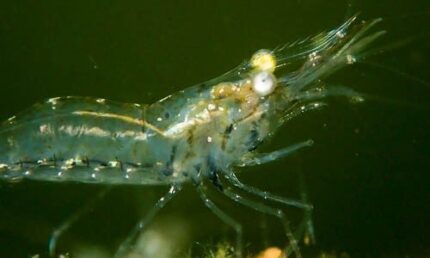Field Guide
Explore the Field Guide to learn about more than 350 species of birds, fish, insects, algae, invertebrates, mammals, plants, reptiles and amphibians that live in the Chesapeake Bay region.
Search Results
Showing: 10 of 38Atlantic ghost crab
Ocypode quadrataAlso known as the sand crab, the Atlantic ghost crab is a sand-colored crustacean with a distinct pair of white claws. Ghost crabs are active on coastal beaches in the Chesapeake Bay region from spring through autumn.
View critter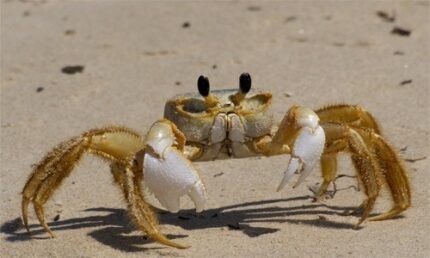
Baltimore Checkerspot
Euphydryas phaetonThe Baltimore checkerspot is a black, orange and white butterfly that feeds on white turtlehead leaves and nectar. It can be found in the entire Chesapeake Bay region.
View critter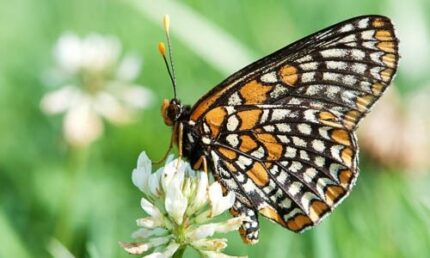
Barnacles
Order: SessiliaBarnacles are small, grayish-white crustaceans that live on rocks, pilings, boat hulls and other hard surfaces throughout the Chesapeake Bay.
View critter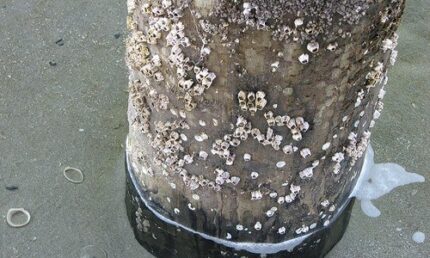
Black-fingered mud crab
Panopeus herbstiiAlso known as the Atlantic mud crab, the black-fingered mud crab is muddy brown in color with stout, black-tipped claws. It can be found on oyster reefs and along the muddy bottoms of marshes.
View critter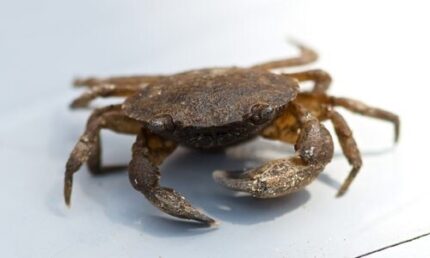
Blue crab
Callinectes sapidusThe blue crab is a swimming crustacean with bright blue claws and an olive green shell. It is one of the most recognizable species in the Chesapeake Bay.
View critter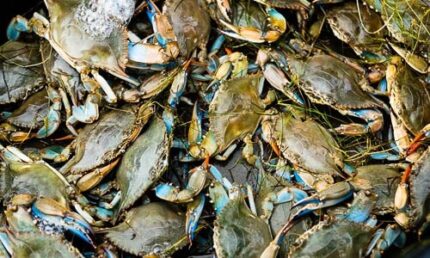
Bumble Bees
Bombus Spp.Bumble bees are small, black and yellow fuzzy insects found throughout the Chesapeake Bay watershed. They are important pollinators and are threatened by pesticides, herbicides, habitat loss, disease and climate change.
View critter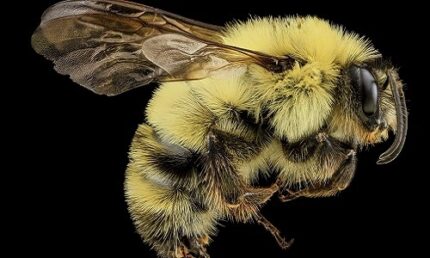
Caddisflies
TrichopteraCaddisflies are moth-like insects that are attracted to lights at night and live near lakes or rivers. They are popular food for fish and often used in fishing.
View critter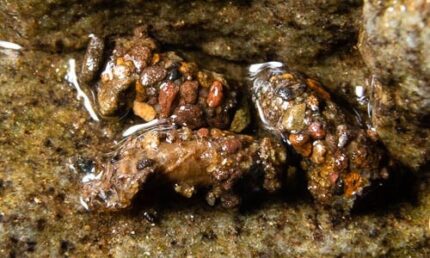
Chinese mitten crab
Eriocheir sinensisThe Chinese mitten crab is a light brown crustacean with a distinct pair of hairy, white-tipped claws. Native to East Asia, the invasive species has been reported in small numbers in the Chesapeake Bay.
View critter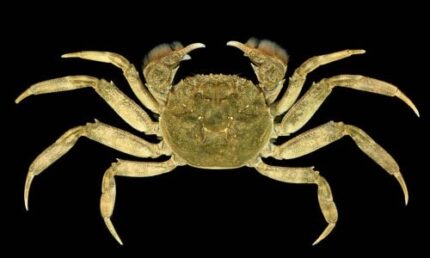
Cicada
Neotibicen canicularisAnnual cicadas, also known as dog-day cicadas, emerge every summer in the Chesapeake Bay watershed.
View critter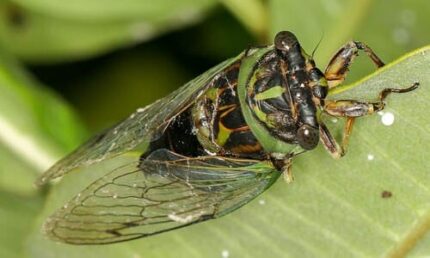
Common grass shrimp
Palaemonetes pugioThe common grass shrimp has a delicate, nearly transparent body with a distinctive serrated “horn” over the eyes. It lives in shallow waters throughout the Chesapeake Bay and its rivers.
View critter